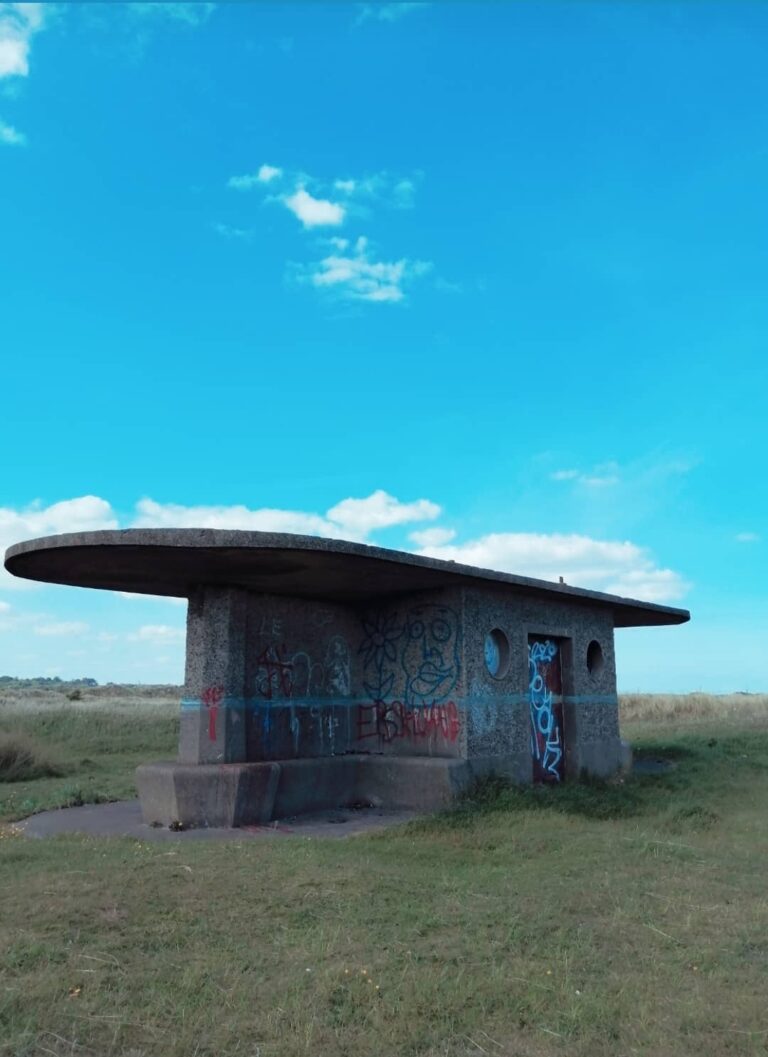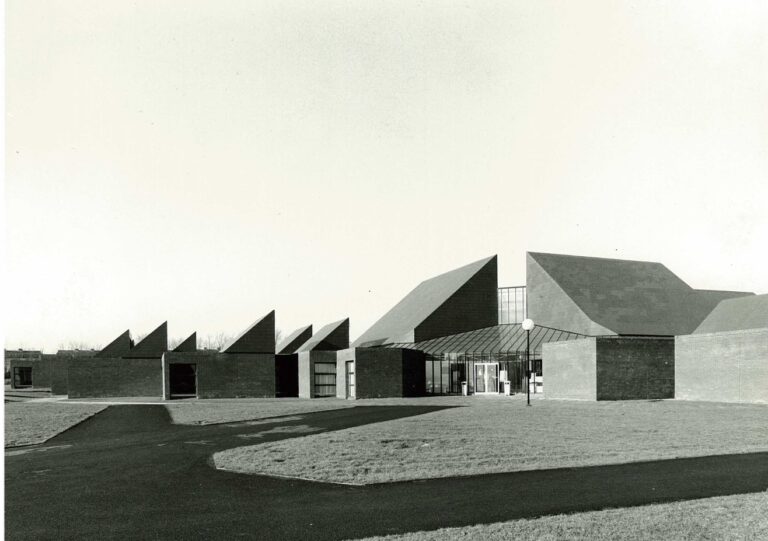Journal •
EU architectural Policy – Towards a Shared Culture of Architecture and New European Bauhaus.
The Department Housing, Local Government & Heritage was represented on the OMC working group for ‘high quality architectural and built environment for everyone’, which resulted in the first EU architectural policy – ‘Towards a Shared culture of Architecture’. This policy launched in Graz in 2021 provided the context for the New European Bauhaus (NEB) Ursula von der Leyen’s vision for Europe. This co-created initiative hopes to prompt culture change through the mobilisation of the Green Deal to deliver a sustainable future for everyone. The Green Deal is the ambitious recovery plan for Europe, which aims to be the first carbon neutral continent by 2050 requires enhanced knowledge, practice and coordination of action throughout Member States. This approach reinforced by the European Parliament resolution on the NEB, which prompts greater resources and overall support for the NEB. The resolution also signals that values and the principles of the NEB will be embedded in future EU funding to ensure high quality outcomes in the built environment.
The OMC research undertaken as part of the Council’s Culture Plan examined key challenges and tasks to hand by reviewing policy, programmes and initiatives in the European context including placing greater emphasis on the cultural dimension that contributes to our living environment. Planning the future with quality in mind. The need for an all-encompassing vision to integrate all essential quality aspects in the long term, including aesthetics, sustainability and affordability in all processes shaping our living environment. Seeing the bigger picture and prompting the need for integrated quality-driven planning processes and funding mechanisms that include all quality criteria (governance, functionality, environment, economy, diversity, sense of place, context, beauty) for the built environment in their measures. Promoting a culture of design when commissioning spatial projects in the public sector is becoming an increasingly complex task. The need for capacity building on multiple governance levels as well as qualifying the decision-makers. The need to raise awareness of the qualitative aspects of the living environment across societies from an early age in order to create a high quality living environment for everyone.
President Ursula von der Leyen said: “I cannot wait to see these New European Bauhaus projects come to life. They will show how the future can look and bring the European Green Deal to our daily lives and living spaces. These projects should become the starting point for a European and worldwide network of New European Bauhaus projects.”

The publication, ‘Towards a shared culture of architecture – delivering a high quality living environment for everyone’ focused on key areas. The identification of high-quality criteria (distilled from the UN SDG’s, Davos Baukultur and ICOMOS principles for funding interventions to cultural heritage). The development of an assessment tool to quantify the success of projects/plans/policies in meeting these eight criteria. The collection and dissemination of best practices from across member states that embedded these criteria and that were transmissible to other member states. Key outcomes and recommendation of ‘Towards a shared culture of architecture’, established that high quality procedures and solutions become best-practice models and that everybody has a right to access knowledge about quality. The EU architectural policy has acquired greater momentum in the design and implementation of the New European Bauhaus, which actively pursues innovation and new approaches to collaboration on areas of interest and testing of ideas. Quality outcomes require well-informed decision–makers, consistent planning approaches supported by regulation, standards and guidelines and participatory practices.
The EU architectural policy and best practices provided a significant knowledge source of practice and policy with examples of both soft and hard governance across Europe. Ireland had two case studies selected for transmission. Clonakility 400 demonstrated the importance of the local authority architect in coordinating and guiding funding towards town revitalisation. Work was design-led and delivered a vision co-created with the community encapsulating well-designed flood relief works and public realm enhancement. RIAI Design Review approach was recognised as a best practice transmissible at EU level bringing together multi-disciplinary teams to support Local Authorities resources and to guide masterplans for regeneration and sustainable development. Towards a shared culture of architecture was invaluable to the constructing of Irelands’ third national policy on architecture ‘Places for People’, subsequently launched in May 2022.
The National Policy on Architecture is the first architectural policy to emerge on foot of the EU architectural policy soon to be presented by Ciarán O’Connor, Chair of the NPA implementing group at the forthcoming Heads of Architecture meeting in Prague 2022. A film ‘Places for People’, to raise awareness about the NPA, was curated in partnership with RIAI and launched at the NEB Festival in June 2022. Grafton Architects, Mies van der Rohe Award winners 2021 and cultural ambassadors for Architecture narrated the story, illustrating their approach to different situations and to the concept of Baulkultur; the rehabilitation of redundant institutional lands to an educational campus, the retrofitting of an industrial landscape to facilitate culture and the re-making of an urban block of the Georgian city. Further dissemination of the film ‘Places for People’ will be possible at various festivals of architecture in Ireland throughout the year.
The Department of Housing Local Government & Heritage is the National Contact point for the NEB and hopes to increase awareness of to the momentum building in European around the NEB values and principles. The NEB team in Europe have designed and led on key actions, the NEB Festival, the NEB Lab, Lighthouse projects, the development of a national dashboard and coordinating responses to on-going calls/funding on topics of interest.
The New European Bauhaus (NEB) may be understood as a cooperative cultural project – a framework for focusing on the common good and the possibility for bringing about a culture change for a more sustainable future. The NEB involves all relevant stakeholders and includes art and culture in the conversation including architectural quality and integrated design thinking among its guiding principles beautiful, sustainable, together. The professional community has viewed this as a potential game changer in the transition to a more sustainable economy and society, bringing the Green Deal closer to people for the benefit of their wellbeing. Working with a growing NEB network of ‘official NEB partners and ‘Friends’ in Ireland it is hoped to bring greater attention and momentum to the NEB through the implementation of the NPA.
Under the action – Value and Empower of the National Policy on Architecture support has been given to Limerick City & Council to host the first NEB symposium in Ireland. This event will explore the concept of a city NEBLab to bring together key stakeholders to exchange knowledge, to drive innovation within universities, to support Local Authorities and communities to engage with new practices and approaches that will harness the Green Deal. Outcomes from the IAF ‘Housing Unlocked’ installation and programme will be also be supported under the NPA as a strategic contribution to the wider discussion on the delivery of a high quality living built environment that is accessible to all where existing resources are used wisely.
Read more : Report on the New European Bauhaus
Contributor: Nicola Matthews Senior Architect, Built Heritage D/HLGH







